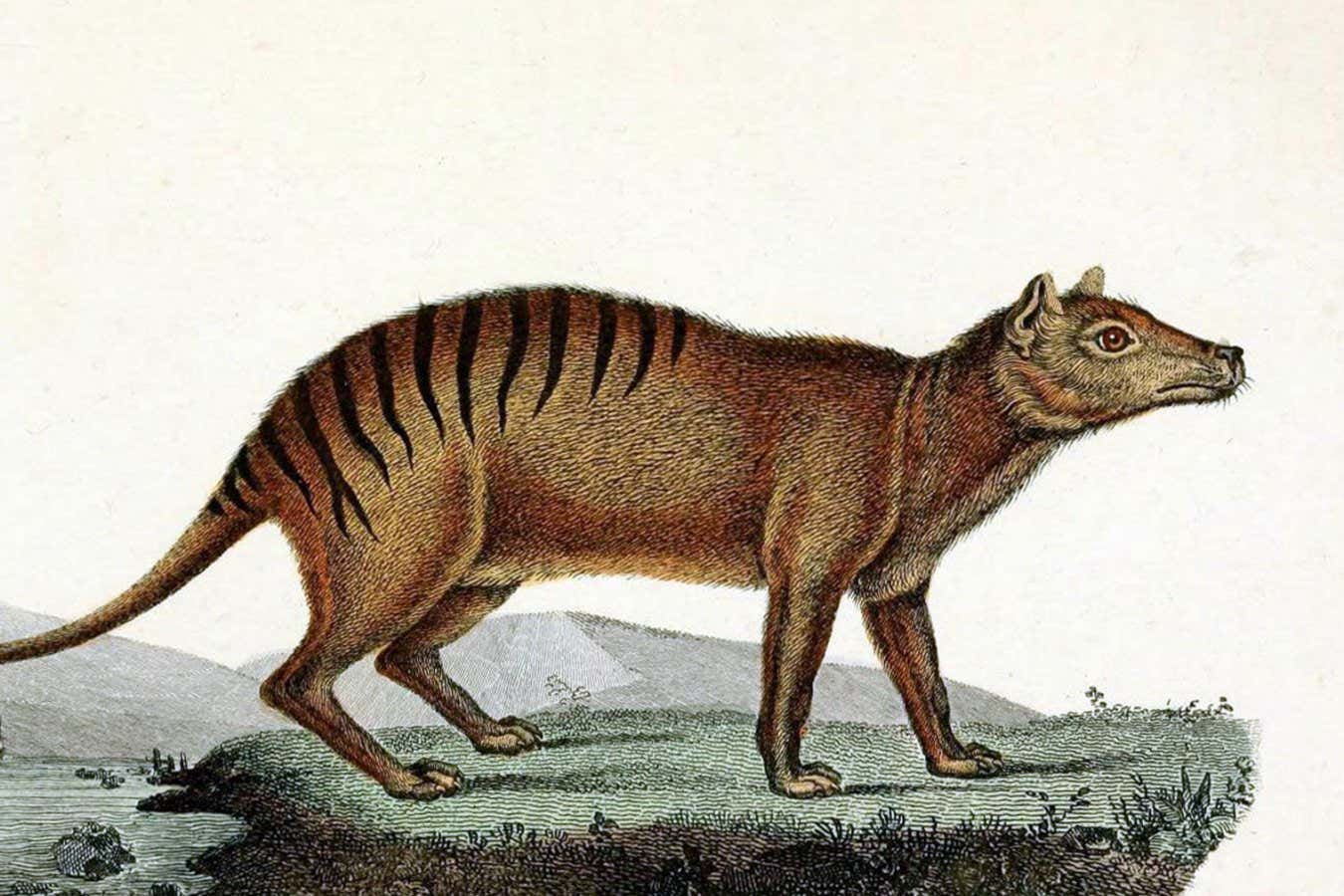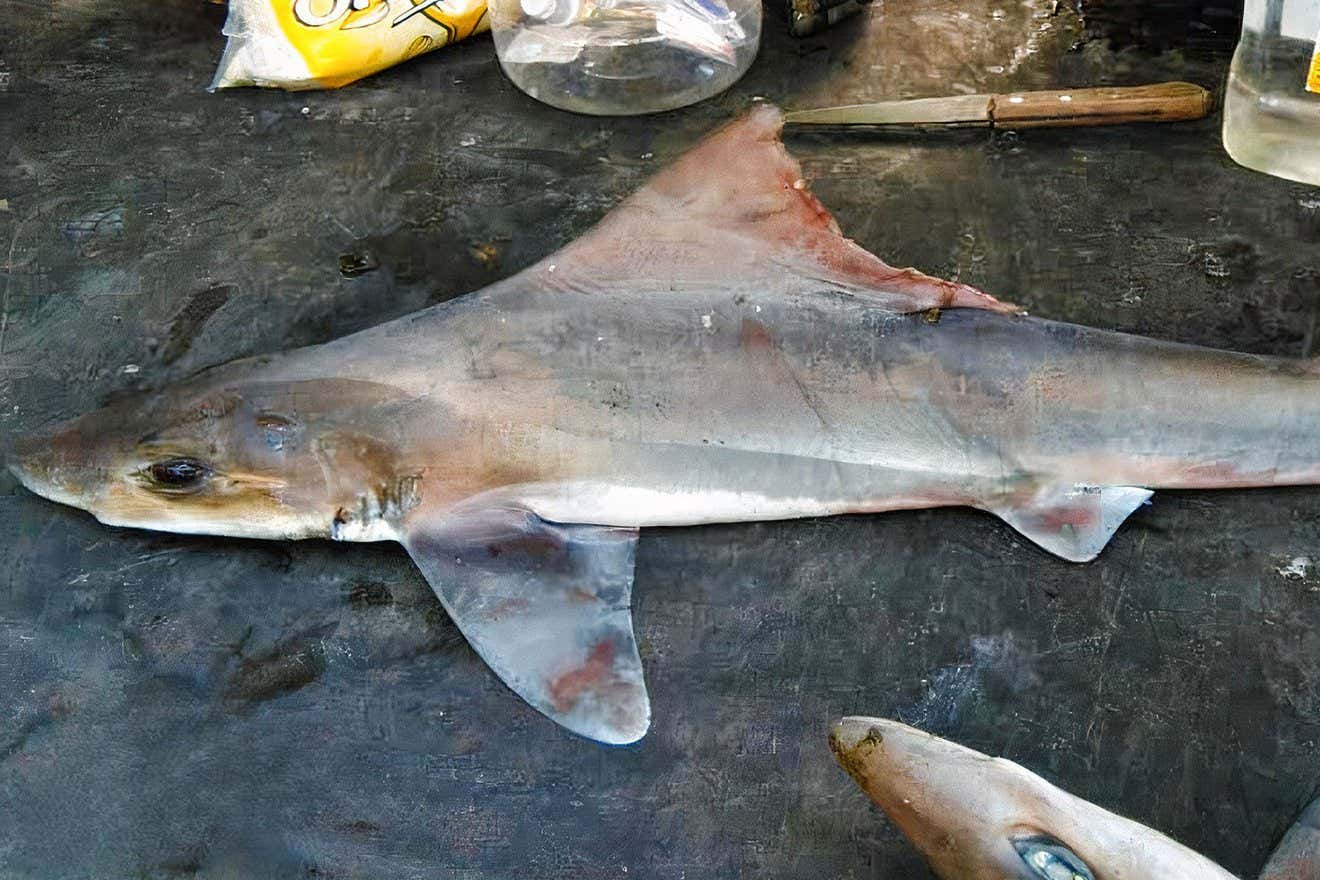Now Reading: Thylacine Genome Study Reveals Insights into Its Extinction
1
-
01
Thylacine Genome Study Reveals Insights into Its Extinction
Thylacine Genome Study Reveals Insights into Its Extinction

Swift Summary
- The thylacine, or Tasmanian tiger (Thylacinus cynocephalus), was the last of a marsupial family that once thrived across Australia and New Guinea.
- It became extinct on the Australian mainland about 2000 years ago, largely due to human activities and dingo competition.Its final extinction occurred in Tasmania in 1936 after targeted persecution.
- Researchers at IISER Bhopal, India-Nagarjun vijay and Buddhabhushan Girish Salve-studied genetic data of thylacines while examining the Bengal tiger’s genome to explore extinction parallels.
- Genetic analysis revealed that thylacines lost critical genes, including SAMD9L, HSD17B13, CUZD1, and VWA7, which play roles in antiviral defence, metabolism, lactation susceptibility to cancer/pancreatitis.
- Researchers observed these gene losses occurred millions of years ago during periods of climate change before human arrival. Such genetic changes initially offered survival advantages but later made the species vulnerable under changing conditions.
- Timothy Churchill from UNSW Sydney suggested climatic changes before human intervention reduced their genetic diversity significantly. Canids like dingoes and subsequent human hostility lead to their ultimate extinction.
Stay Informed With the Latest & Most Important News
Previous Post
Next Post
Loading Next Post...























